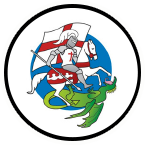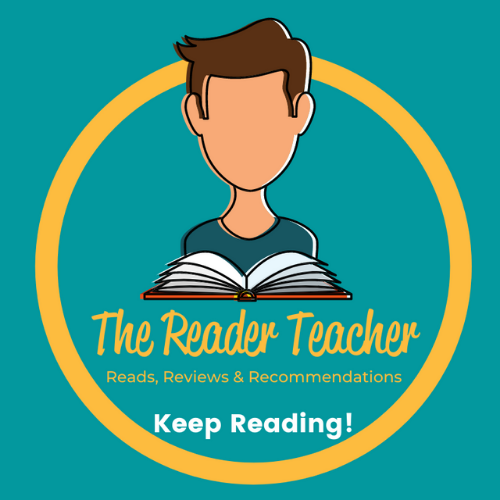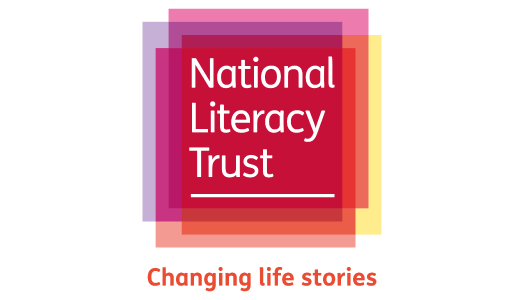Curriculum-Gallery (ID 1002)
-
English
-
Mathematics
-
Science
-
Computer Science
Computer Science
Computing (Statutory Information - Curriculum Overview menu tab)
-
Design and Technology
Design and Technology
Design and Technology (Statutory Information - Curriculum Overview menu tab)
-
History
-
Geography
-
Religious Education
Religious Education
Religious Education (Statutory Information - Curriculum Overview menu tab)
-
Modern Foreign Languages
Modern Foreign Languages
Modern Foreign Languages (Statutory Information - Curriculum Overview menu tab)
-
Physical Education
Physical Education
Physical Education (Statutory Information - Curriculum Overview menu tab)
-
PSHE
-
Art and Design
-
Music
English Curriculum
A high-quality education in English will teach pupils to read, write and speak fluently. A range of carefully selected literature plays a key role in such development at St George’s. Reading also enables pupils both to acquire knowledge and to build on what they already know. Our curriculum must ensure high quality language acquisition for children. Mastering our use of language is essential to participating fully as a member of society and accessing the full curriculum.
- Being a reader at St George’s means; developing a love of books and becoming a fluent reader. Through reading, pupils have a chance to develop culturally, emotionally, intellectually, socially and spiritually.
- Being a writer at St George’s means; being able to write fluently and legibly, with accurate spelling and grammar, so that they can communicate their ideas and emotions to others. Pupils are encouraged to write creatively and to improve their ideas through proofreading and re-drafting.
- Being a speaker at St George’s means; being able to listen to others and speak fluently so that they can communicate effectively and develop their oracy skills for their future life.
We will teach our children to describe English as:
|
EYFS and KS1 |
● Learn how to share our ideas through speaking, listening, and writing. ● Learn how to read and share books for enjoyment. |
|
Years 3 and 4 |
● Learn how to communicate through speaking, listening and writing. ● To read a range of different books to develop a love of reading. |
|
Years 5 and 6 |
● Learn how to communicate effectively through speaking and writing. ● To develop a love of literature through mastering reading skills so we can read for enjoyment. |
-
English curriculum statement
download_for_offline
download_for_offlineEnglish curriculum statement
- F1 Long Term Literacy Plan 2024-2025docx download_for_offline
download_for_offlineF1 Long Term Literacy Plan 2024-2025docx
- F2 Long Term Literacy Plan 2024-2025 download_for_offline
download_for_offlineF2 Long Term Literacy Plan 2024-2025
- Reading Spines Spring Term F1-Y6 download_for_offline
download_for_offlineReading Spines Spring Term F1-Y6
- Year 1 English Long Term Plan - Year 1 download_for_offline
download_for_offlineYear 1 English Long Term Plan - Year 1
- Year 2 English Long Term Plan download_for_offline
download_for_offlineYear 2 English Long Term Plan
- Year 3 English Long Term Plan download_for_offline
download_for_offlineYear 3 English Long Term Plan
- Year 4 English Long Term Plan download_for_offline
download_for_offlineYear 4 English Long Term Plan
- Year 5 English Long Term Plan download_for_offline
download_for_offlineYear 5 English Long Term Plan
- Year 6 English Long Term Plan download_for_offline
download_for_offlineYear 6 English Long Term Plan
Developing Reading at St George's
At St George's we develop reading through;
- Exposing our children to language, sounds and patterns and vocabulary from an early age. Children should hear and explore language across the whole curriculum.
- Have a literature rich curriculum. Children have access to well resourced libraries across the school.
They are read to daily in all year groups and have access to a wide range of books to read at home.
Our English curriculum is taught through a spine of high quality texts.
We want our children to love books and have a rich diet of diverse fiction and non-fiction literature.
- Teaching a structured program of synthetic phonics. We ensure that all children master their understanding of phonics. We use this as the foundation for decoding, morphology and etymology.
- Teaching an understanding of reading through comprehension and inference. We use our well structured curriculum to get children interested in authors and books. They are taught to understanding the structure and meaning of texts. Our curriculum maps show the development in their comprehension, understanding and inference. Our ambitious curriculum also expands their vocabulary.
- Ensuring that children practise their reading regularly. From the summer term in year 2, children use accelerated reader to provide a level of challenge and stretch in their reading. They access at least four accelerated reader sessions a week. In these lessons they have guided support from teachers and teaching assistants to develop their fluency and reading skills. They also access short quizzes to check their comprehension.
- Children are encouraged to read regularly at home.
From nursery to year 2, children take home books to match their phonetic understanding. We call these book bands. They can also bring home books for reading for pleasure and to read with adults at home.
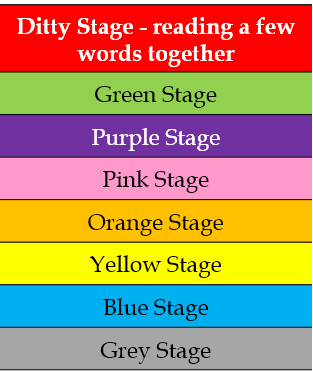
Once they have completed the book bands and move to accelerated reader. They bring home books aimed at their challenge level in accelerated reader. This is called ZPD range.
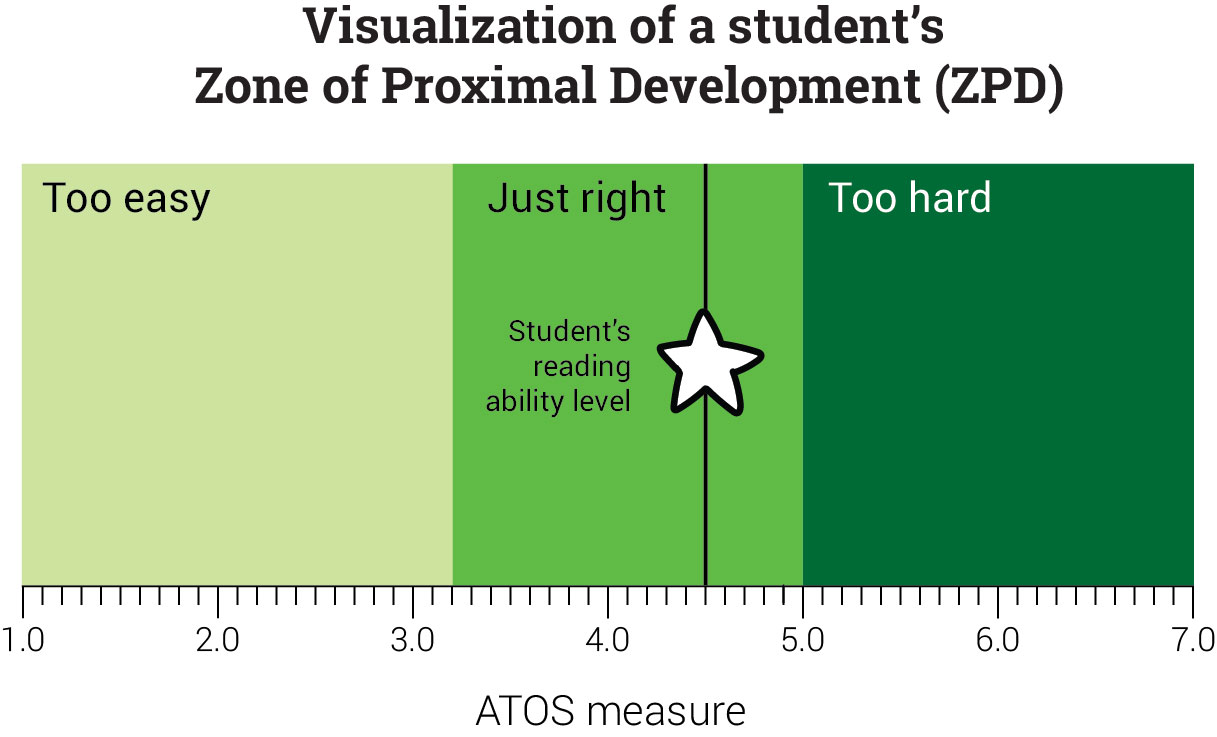

Children are expected to read at home four times a week in Key Stage Two.
We run home learning clubs to support readers and support all children daily with their reading in Dragon Club.
- Providing direct intervention and support when required.
Reading is at the heart of our curriculum. If our children are going to thrive, we have to maintain their reading fluency, understanding and confidence.
If a child's phonetic understanding needs reinforcing we use R,W, Inc intervention programs to provide additional support in KS1 and KS2.
We also use specialist adults and programs including Lexia Reading and IDL to provide structured support when required. Aim of these interventions is a short boost (often 6 to 12 weeks0 to help children recover their fluency, understanding and confidence.
For children with specific learning difficulties such as Dyslexia we can use our specialist programs to provide structured support for children to help them become confident readers.
Our Phonics Scheme
All schools must follow a Department for Education validated phonics scheme.
At St George's we are a lead school for Read, Write, Inc phonics. We also use this scheme as the foundation for teaching spelling.
Children are taught the program systemically from nursery onwards.
We share the scheme with parents through Read, Write, Inc family learning events and videos on See-Saw (family learning digital platform).
Children have their school and home reading books carefully matched to their stage of phonetic development.
Recommended Reading
We have carefully developed a literature spine so that children access abroad range of fiction and non fiction texts as they progress through our school.
Click here to view the St George's reading spines
Our libraries are a mixture of recommended and new books to develop a love of reading in our children. In the last 5 years we have spent over £30,000 on reading books.
We also signpost families to the following websites for age appropriate recommended reading lists.
Developing Writing @ St George's
Writing is a complex process. We approach the development of writing by connecting the development stages below. They are:
1. Writing is a form of communication. Using our oracy techniques we want children to be confident with language before we ask them to communicate this in written form.
2. Children must master the technical process of writing. At primary school this is a journey that develops through lots of stages, Including;
- Developing fine motor skills to develop handwriting control, letter formation and stamina.
- Children learning to understand word functions, sentence structure, syntax and master understanding of grammar and how this helps them make choices with their language and writing.
- Children need to have opportunities to think deeply to understand how writing and texts are created. They start of with simple sentence structure and then develop an understanding of books and texts. We will support our children t understand how texts are organised and choices that authors make for readers. They will develop awareness of specific genres, including fiction and non fiction texts. Once they understand how texts are organised and created they have a much higher chance of success as a writer.
- Develop their understanding of phonics (see above) into graphemes and spelling patterns. Children are taught phonetic structure, exception words and common spelling patterns throughout their time in primary school.
- Developing a wide vocabulary to bring clarity and depth to their language and writing. Across all subjects using reading and oracy techniques, children are taught explicit strategies to develop their vocabulary.
3. Writers check for meaning. They shouldn't expect to get heir best written form in one attempt. Writing ius a complex process, we want our children t understand that proficient communicators and writers
- Check for meaning.
- Ensure that the basics are always in place (what we call proof reading)
- Learn editing techniques to improve their writing. We want them to think like an author and see editing as a processes that all writers must engage with. It is a skill that we will help them develop.
How do we teach writing at St George's?
We teach writing using the processes above. Each aspect has stages of progression that are woven together so children are confident in the structure and mechanics of writing as well as their choices as authors and writers.
Our detailed progression grids are at the end of this page.
We teach writing through modelling how to understand the structure and composition of a text and then model how to use this understanding through shared writing. This is a detailed process interweaving all the processes above
This process works from a simple sentence to a complicated text such as a narrative story or a non chronological report.
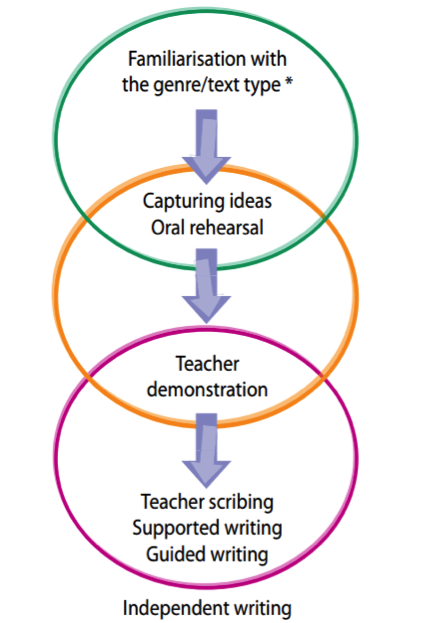
Handwriting
Mark making is developed into letter formation and eventually cursive script. It is a national expectation that all children can use joined handwriting by the end of primary school. There is a section below on how can we support children with this using writing aids and technology. The chart below models the phases in this development.
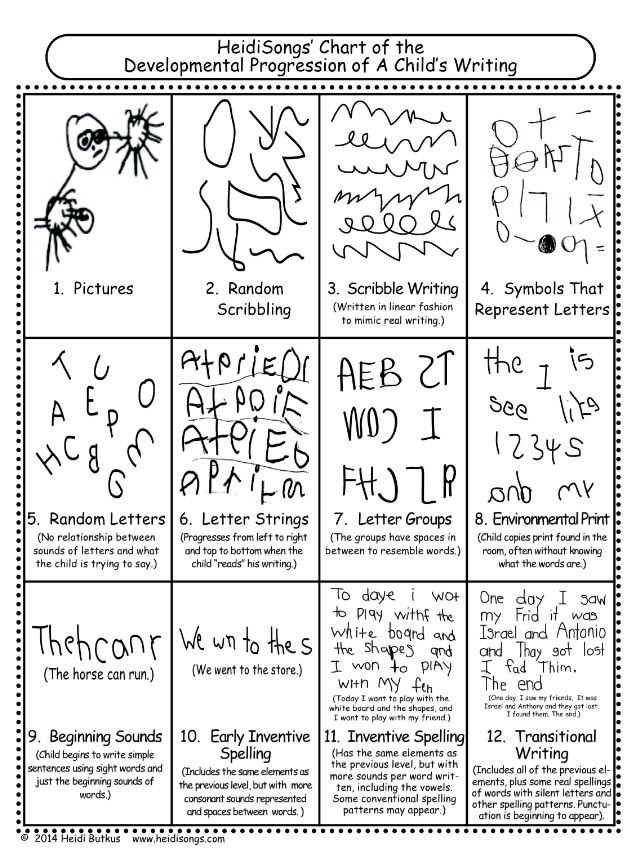
The technical process of develop pencil grip takes time and practise. Children need to develop their fine motor skills, co-ordination, muscle development and stamina. It is not a quick process. Their grip will often develop over time.
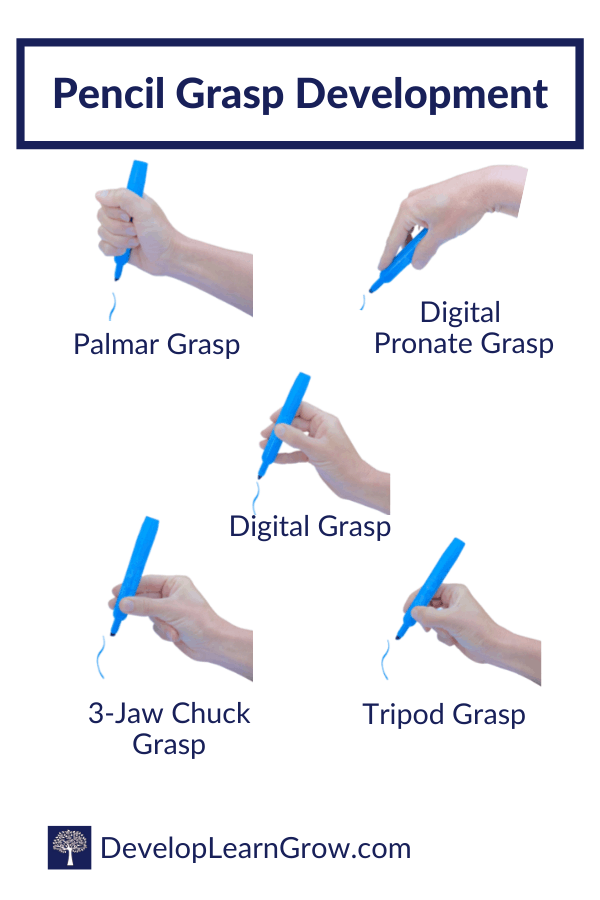
Children are taught the mechanics of handwriting including pencil/pen grip, posture. We aim to get all children to the tripod grasp. Left handed children are also supported to achieve this.
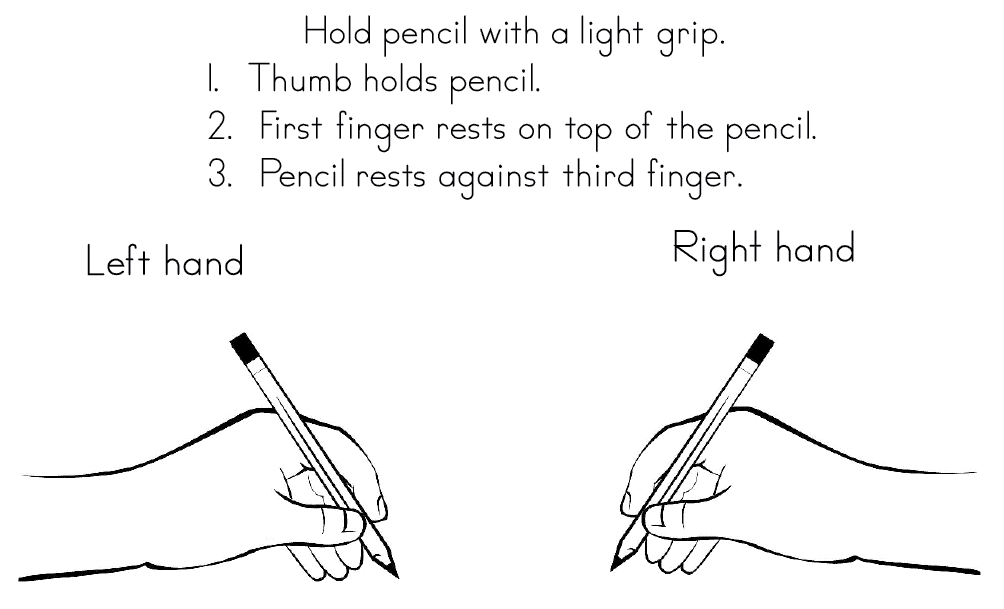
 Our chosen handwriting scheme is the letter joins scheme.
Our chosen handwriting scheme is the letter joins scheme.
We can support our children with a range of writing aids including:
- pencil and pen grips
- triangular grip pens and pencils
- writing slopes
- adapted paper and books (wider width and different colour backgrounds)
- occupational therapy intervention to develop their fine motor skills and muscular development
- adapted desk, chairs and seating cushions to help with writing and posture
- using technology to help children write. This includes the use of reading tools and if required voice to write software.
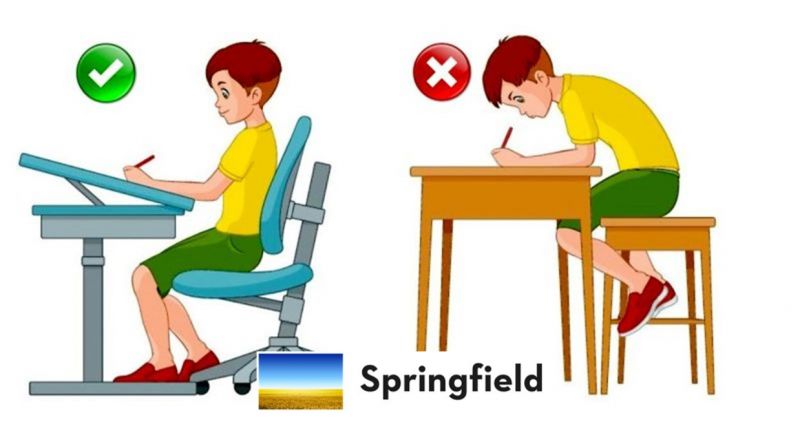
-
Cursive Alphabet letters
download_for_offline
download_for_offlineCursive Alphabet letters
- Forming Capital letters 1 download_for_offline
download_for_offlineForming Capital letters 1
- Forming numbers download_for_offline
download_for_offlineForming numbers
Spelling and Vocabulary
Spelling is taught using the Read, Write, Inc spelling program. This ensures continuity and progression from the foundation of synthetic phonics and graphemes that they have learnt in early years and Key Stage One (Years 1 and 2).
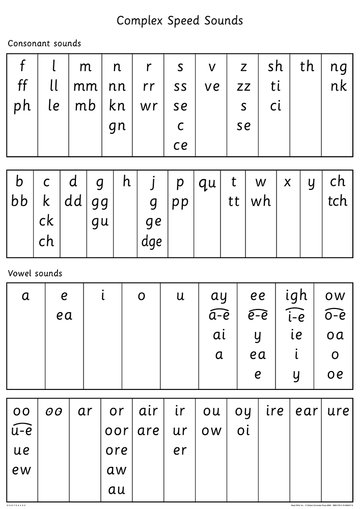
Spelling is taught so that children;
- Use the foundation of synthetic phonics to identify sounds and spelling patterns. They learn how to blend and check that these sounds create words and spellings.
- Children learn how words are formed through investigating spelling patterns and learning about the morphology and etymology of words.
- Assess their learning and understand what spelling patterns and rules they are confident with and what rules and patterns they need to practise more.
- Learn the exceptions that exist within the English language. Although phonics is the foundation of reading and spelling this has to supplemented by learning other patterns, rules and the exceptions in our English language.
- As well as the Read, Write Inc scheme children will also use Spelling Shed for investigations and practise.
Below are documents explaining how we teach Spelling, the progression in spelling and lists of common and exception words that children should learn.
-
Early Years and KS1 High Frequency and common exception word lists for parents
download_for_offline
download_for_offlineEarly Years and KS1 High Frequency and common exception word lists for parents
- National Curriculum Spelling Expectations download_for_offline
download_for_offlineNational Curriculum Spelling Expectations
- RWI Spelling Years 5 and 6 curriculum download_for_offline
download_for_offlineRWI Spelling Years 5 and 6 curriculum
- RWI Spellings Y1 curriculum download_for_offline
download_for_offlineRWI Spellings Y1 curriculum
- Spelling Word List Years 3 and 4 download_for_offline
↑download_for_offlineSpelling Word List Years 3 and 4
- Spelling Word List Years 5 and 6 download_for_offline
download_for_offlineSpelling Word List Years 5 and 6
- Year 1 Common Exception Words download_for_offline
download_for_offlineYear 1 Common Exception Words
- Year 2 Common Exception Words download_for_offline
download_for_offlineYear 2 Common Exception Words
As well as learning word lists, specific vocabulary is defined and taught so children can think deeply about the meaning and contexts for using that vocabulary. This is explained in detail on our oracy page.
Children think metacognitively about that vocabulary using the range of techniques illustrated below.

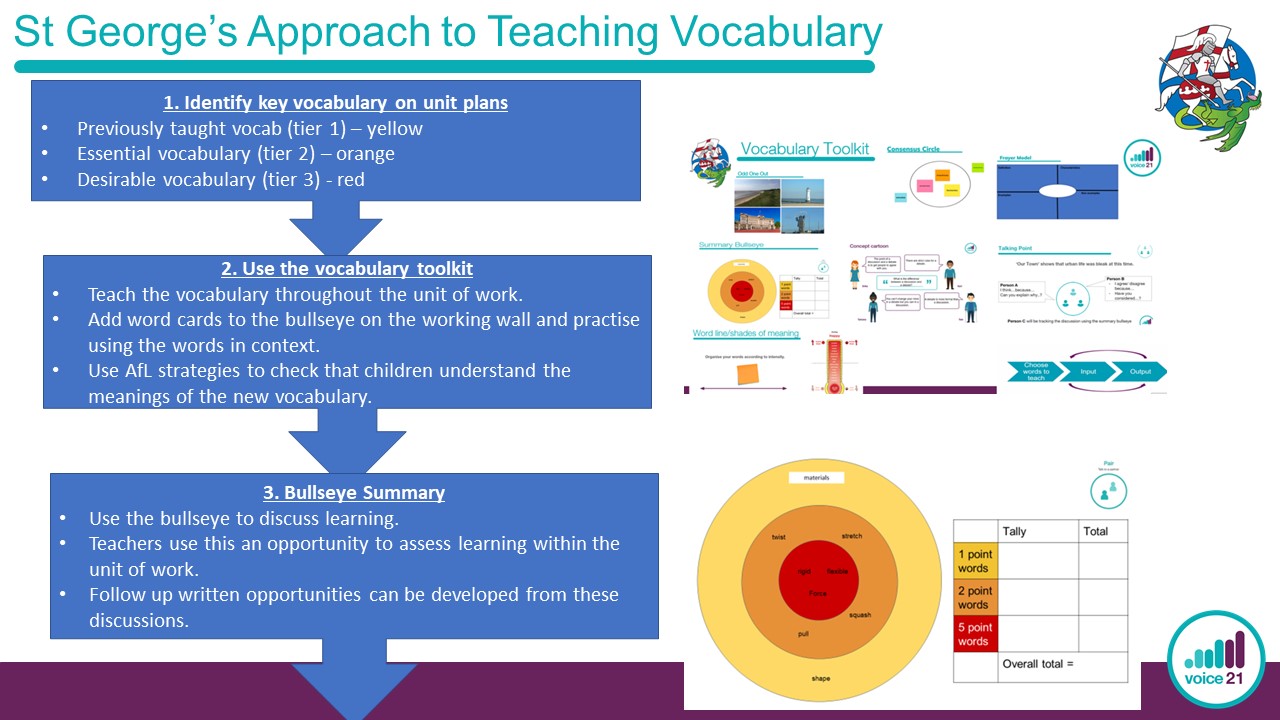
Children are then taught age appropriate sentence structures and starters (sentence stems) to apply their vocabulary and think deeply about their language choices, explanations and questions.
Essential Key Skills
- Read easily, fluently and with good understanding. Children must master phonics and early reading.
- Develop the habit of reading widely and often, for both pleasure and information.
- Acquire a wide vocabulary, an understanding of grammar and knowledge of linguistic conventions for reading, writing and spoken language.
- Appreciate our rich and varied literary heritage.
- Master use of graphemes and taught spelling conventions to spell words accurately.
- Write clearly, accurately and coherently, adapting their language and style in and for a range of contexts, purposes and audiences.
- Use discussion in order to learn. Our children should be able to elaborate and explain clearly their understanding and ideas.
- Are competent in the arts of speaking and listening, making formal presentations, demonstrating to others and participating in debate.
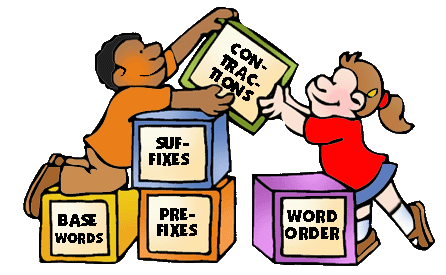
- National Curriculum Spelling Expectations download_for_offline
- Forming Capital letters 1 download_for_offline
- F1 Long Term Literacy Plan 2024-2025docx download_for_offline

